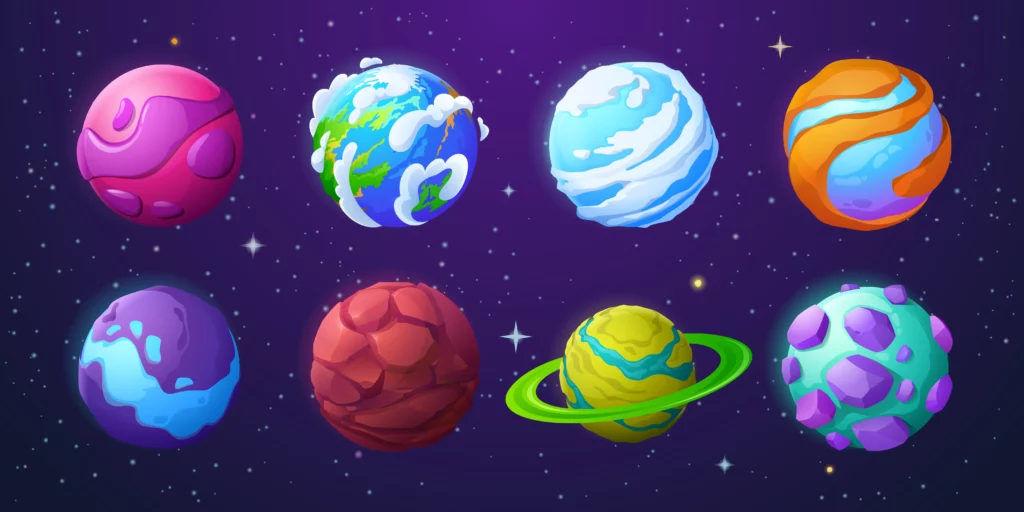How many exoplanets are habitable?

Have you ever wondered about the possibility of the existence of habitable worlds beyond our own planet? The cosmos is a vast and mysterious place full of undiscovered secrets, and one of the most exciting topics in modern astronomy is the search for habitable exoplanets. In this article, you will dive into the fascinating world of exoplanets and discover how many of them could potentially be suitable for life as we know it.
Exoplanets: Beyond Our Solar System
Before delving into the question of habitability, it's crucial to understand what exoplanets are. Exoplanets are planets that orbit stars outside of our own solar system, meaning beyond the gravitational influence of the Sun. These distant worlds can vary greatly in size, composition, and atmospheric conditions. Some are gas giants similar to Jupiter, while others are rocky like Earth.
What Does "Habitable" Mean?
When we talk about habitable exoplanets, we refer to those that have the necessary conditions to support liquid water on their surfaces. Water is an essential ingredient for life as we know it, making it a critical factor in the search for habitable worlds. However, habitability is not limited to the presence of water alone. Factors like temperature, atmospheric composition, and distance from their host star must also be considered.
Habitable Zone: The Key to Life
The habitable zone, often referred to as the "Goldilocks zone," is the range of distances from a star within which a planet could have suitable temperatures for liquid water to exist on its surface. If an exoplanet is too close to its star, the heat could evaporate the water. Conversely, if it's too far away, temperatures would be so cold that water would freeze.
Estimated Number of Habitable Exoplanets
Let's now revisit your initial question: How many exoplanets are actually habitable? Data amassed from missions such as the Kepler Space Telescope and the Transiting Exoplanet Survey Satellite (TESS) provide insight. The tally of confirmed exoplanets has recently crossed the 5,000 mark, marking a remarkable 30-year journey of discovery steered by NASA's space telescopes within our very own galaxy, the Milky Way.

The Diversity of Habitable Exoplanets
It's important to note that habitability is a relative and dynamic concept. The diversity of habitable exoplanets is astonishing: some might have oceans of liquid water, while others could have dense atmospheres and clouds. Some might be exposed to more intense stellar radiation than Earth, which could impact the possibility of life. The adaptability of life to different conditions is an exciting topic in astrobiology.
Frequently Asked Questions
How do we know if an exoplanet is habitable?
Scientists study the distance of the exoplanet from its host star, as well as its size and atmospheric composition to determine its potential habitability.
What technologies do we use to search for habitable exoplanets?
Space telescopes like Kepler and TESS use the transit method to detect exoplanets, observing the decrease in brightness of a star when a planet passes in front of it.
What is the next step in the search for habitable exoplanets?
Scientists are working on developing more advanced telescopes, such as the James Webb Space Telescope, which will allow us to analyze the atmospheres of exoplanets for possible signs of life.
Conclusion: A Universe of Possibilities
In conclusion, the search for habitable exoplanets is an exciting and ever-evolving field in modern astronomy. While we don't have an exact number of how many exoplanets are habitable, estimates suggest that we could be surrounded by an astonishing diversity of worlds potentially suitable for life. As technology advances and our knowledge grows, we are one step closer to answering the question of whether we are alone in the universe or if we share the cosmos with other beings. The cosmos awaits us, full of possibilities and mysteries to uncover.
Reference: Exoplanet Exploration: Planets Beyond our Solar System
Deja una respuesta

IMPRESCINDIBLES DE LA SEMANA